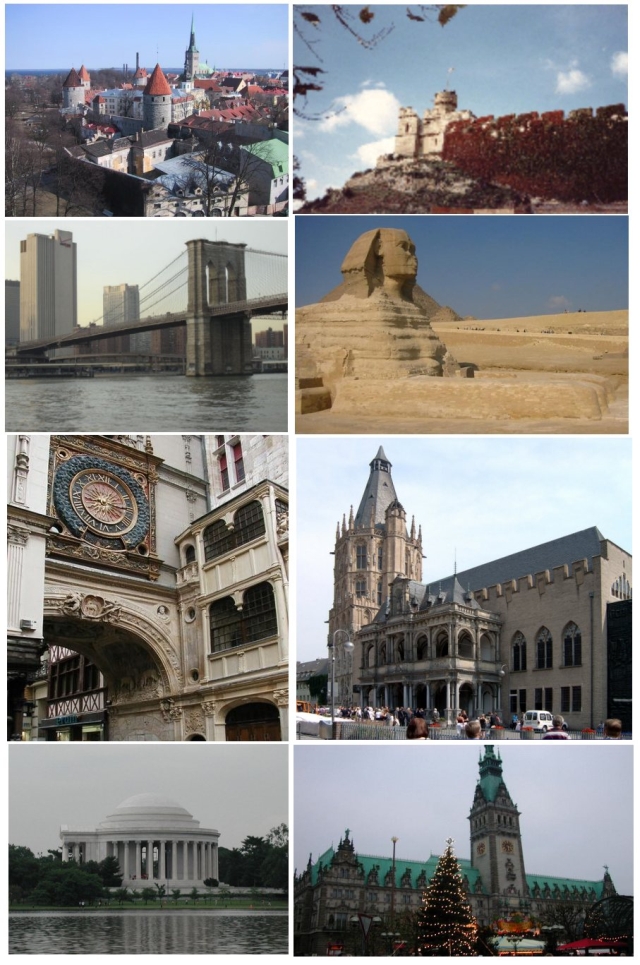thetrooper
Misanthrope
- Joined
- May 24, 2004
- Messages
- 8,762

I've seen some exotic toilets then...


 .
. ?
?I guess I was ignored again....Gelion said:Symbol of Copper?
That's because you're ugly and your mother dresses you funny. She parts your hair in a strange way too.Gelion said:I guess I was ignored again....
 Phosphorus burst into flames spontaneously when exposed to air and it glows in the dark. Nice pic, but sadly I have no scanner here now.
Phosphorus burst into flames spontaneously when exposed to air and it glows in the dark. Nice pic, but sadly I have no scanner here now.




Gelion said:I guess I was ignored again....




 , he travels around the globe and sends you those postcards:
, he travels around the globe and sends you those postcards:


YNCS said:Large edifices, none of which have noses.

 .
. 